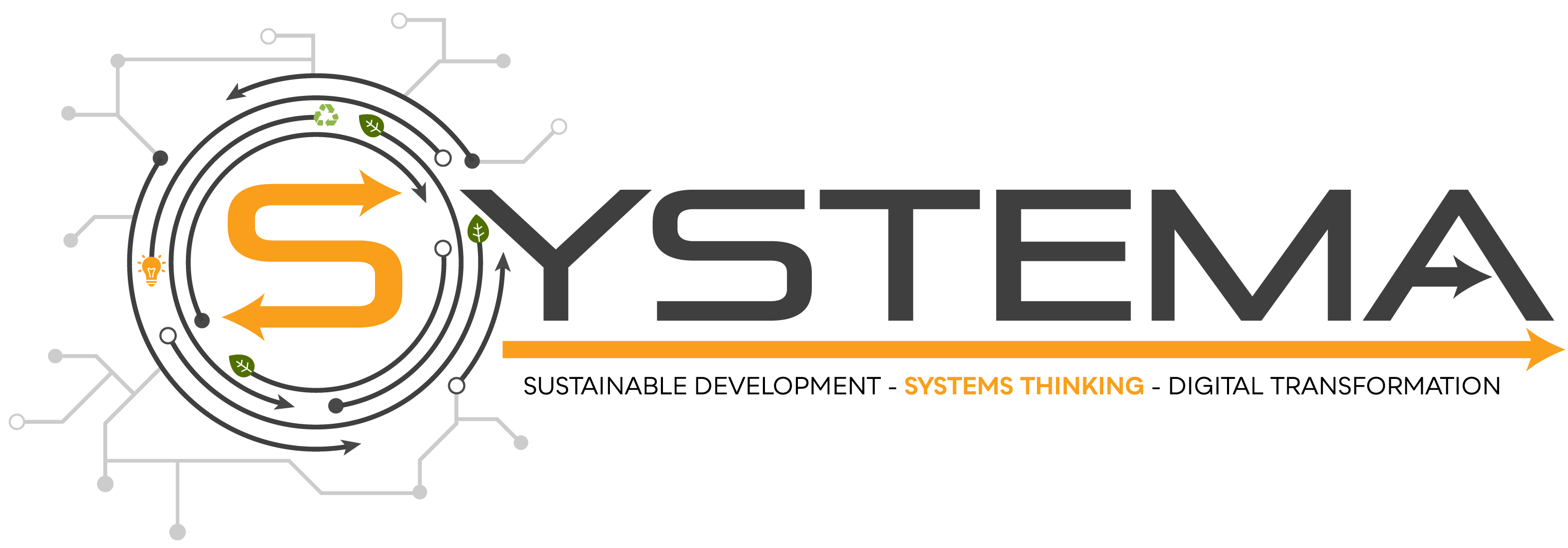One of the last McKinsey Global Survey (December 2021) confirm that, in digital transformation projects, success remains the exception, not the rule: less than one-third of respondents - all of whom had been part of a transformation in the past five years - say their companies’ transformations have been successful at both improving organizational performance and sustaining those improvements over time.
According to the survey, what those successful companies have in common are:
- taking a large number of actions with a systemic approach
- involving people in the transformation goal and processes

Concerning how a systemic approach can help, you can find many articles and contributions on the SYSTEMA project website.
Regarding people involvement, some of the most important and relevant surveys conducted in the last years, confirm that culture is a key to digital transformation success.
What do we talk about when we talk about Culture?
Organizational culture shows up in people’s behaviors and mindsets, which influence and are influenced by the company’s practices and values. It is “the way we do things around here”.
How can we create the cultural assumptions for reaching goals in transformation projects?
People need to understand what these goals mean for their day-to-day jobs and what they will be expected to do differently; if they don’t know how they connect to the transformation, their behaviors and how work gets done won’t change.
Successful transformations are also more likely than others to involve influencers - that is, influential people whom other employees look to for input, advice, or ideas - directly in the transformation.
What are the best practices for organizational cultural transformation?
According to World Economic Forum Digital Culture Guidebook (June 2021), although every organization must undertake cultural transformation in line with its own priorities and context, it’s important to highlight how successful companies tend to follow these eight actions:
- Have a clear vision and purpose
- Get leaders on board
- Define KPIs
- Understand your gaps
- Don’t bite off more than you can chew
- Align support structures and systems
- Reinforce desired behaviours
- Track and scale


